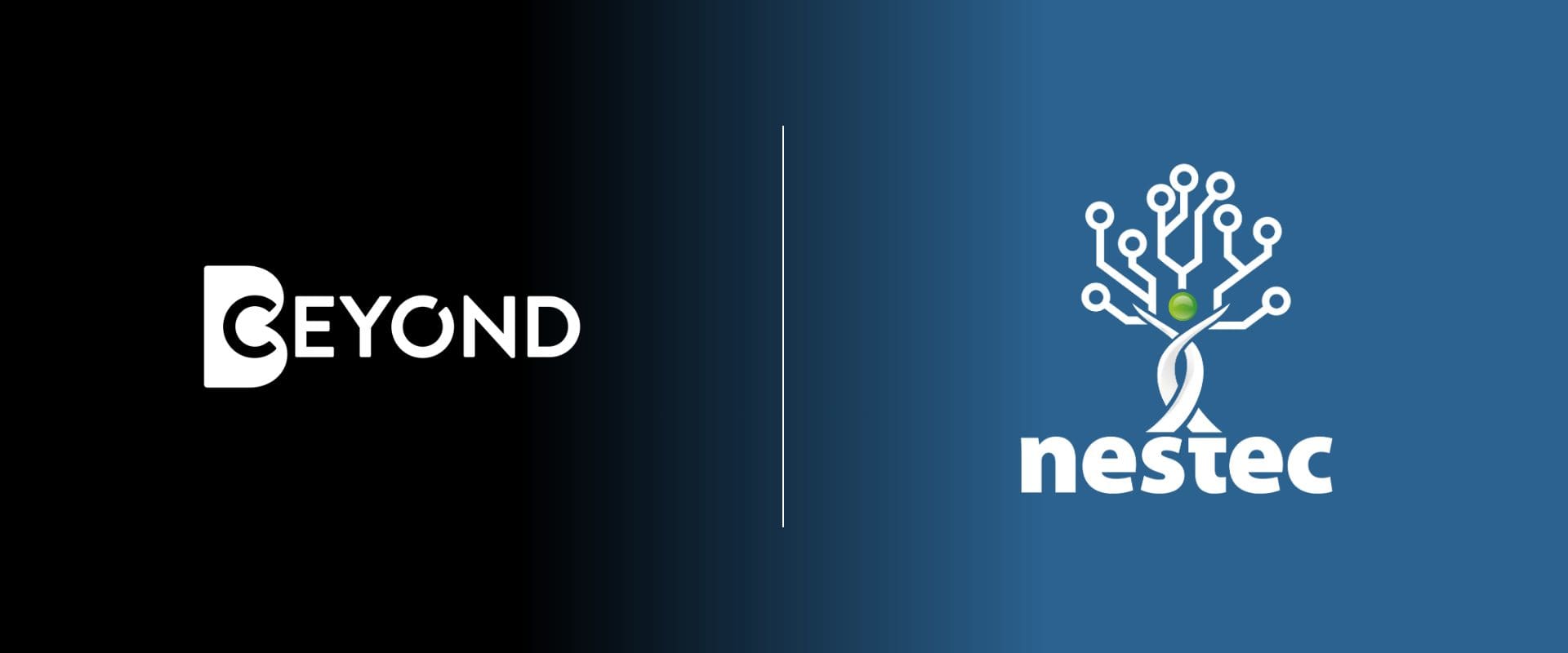In an increasingly digital world where data and technology dominate the workplace, companies rely on efficient and secure IT infrastructures to remain competitive. However, in recent years, a phenomenon has emerged that has changed the IT landscape of many organizations: Shadow IT. In this article, we will explore the hidden costs and challenges of Shadow IT and highlight ways companies can address this issue.
What is Shadow IT?
Shadow IT refers to the use of IT solutions, applications, and services that operate outside the official IT infrastructure and policies of an organization. This can include unauthorized software applications, cloud services, or mobile apps that employees independently procure and use to accomplish their work tasks.
The Hidden Costs of Shadow IT
In this chapter, we will explore the various hidden costs of Shadow IT. These include not only financial aspects such as licensing fees for unauthorized software but also risks related to data privacy, security, and compliance. We will also examine the impact on employee productivity and efficiency.
The Dangers of Shadow IT
The use of unauthorized software and technology can pose significant risks to companies. Cybersecurity threats, data breaches, and compliance issues are just some of the dangers that can arise from Shadow IT. In this chapter, we will discuss these risks in detail and provide examples of companies that have faced serious problems due to Shadow IT.
How Companies Can Manage Shadow IT
In conclusion, we will outline ways companies can manage the phenomenon of Shadow IT. This includes implementing policies and processes to identify and control Shadow IT, educating employees about the risks, and providing secure alternatives for unauthorized applications. We will also explore best practices from companies that have successfully managed Shadow IT.

Conclusion
Shadow IT may initially seem like a convenient solution for employees looking to get their work done, but the hidden costs and risks it poses to companies are significant. It is essential for organizations to act proactively to identify, control, and minimize Shadow IT to ensure their security, compliance, and efficiency. Only by doing so can they fully leverage the benefits of digitalization and remain competitive.









